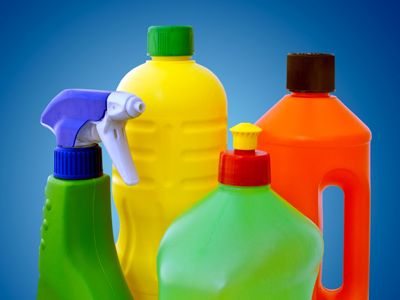
Electrolysis 2
Electrolysis is a process you need to understand for GCSE Chemistry. This is the second of two quizzes on the subject but what exactly is electrolysis and how was it discovered? Electrolysis is a method of using a direct electrical current to cause a chemical reaction. It was discovered by accident in 1800 when the scientist William Nicholson and surgeon Anthony Carlisle attempted to reproduce the experiment in which Italian scientist Alessandro Volta created the world's first battery. Instead of using frog's legs to test whether electricity was produced, they were using a device developed by Nicholson, similar to the gold leaf electroscope. To get a better contact between the wires from their battery and the measuring device, they used a drop of water. When they noticed that a gas was bubbling off from this water, they investigated further and were astonished to find that when they passed the electric current from their battery through river water there was a reaction - a gas bubbled off from both wires they had dipped into their sample. That was the first time electrolysis was seen.
Cathode 2H+ + 2e- → H2
Cathode 2H+ + e- → H2
Cathode Na+ + e- → Na
Cathode H+ + e- → H2
Anode: Pure copper
Electrolyte: Copper sulfate
Anode: Impure copper
Electrolyte: Copper sulfate
Anode: Pure copper
Electrolyte: Copper sulfate
Anode: Pure copper
Electrolyte: Water
Anode: Cu2+(aq) + 2e- → Cu(s)
Anode: Cu(s)→ Cu2+(aq) + 2e-
Anode: Cu2+(aq) + 2e- → Cu(s)
Anode: Cu+(aq) + e- → Cu(s)
Ready for more?
not all...
quizzers. Try to win a coveted spot on our Hall of Fame Page.







